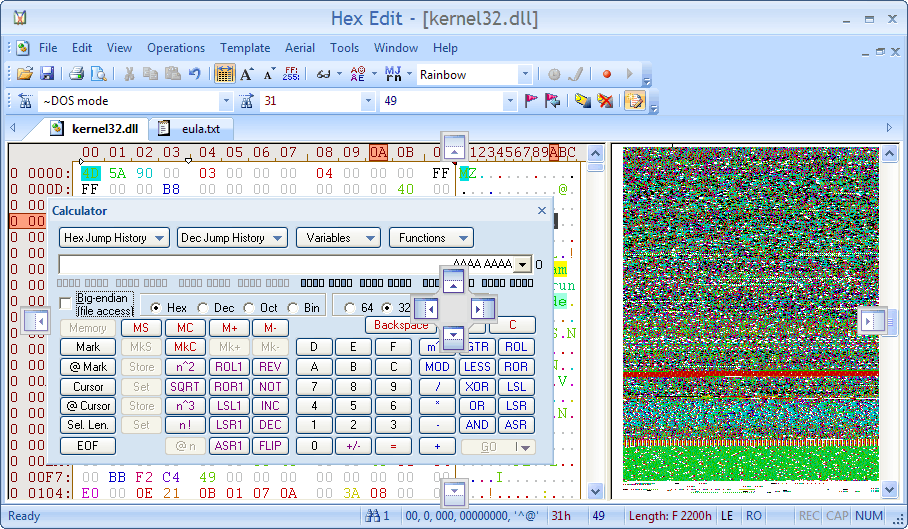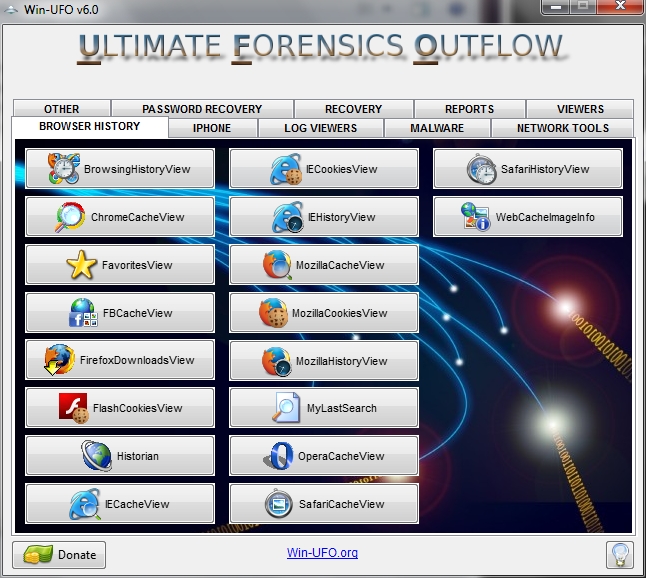Invalid Checksum After Decoding Window Microsoft Toolkit
Microsoft Toolkit is an all in one Windows/Office activator. With it you can activate any copy of Windows or Office. Bst web guide manual. Microsoft ISO Downloader is a utility that will download any Microsoft product ISO from MSNs own servers.
- Apr 2, 2018 - Invalid Checksum After Decoding Window Microsoft Toolkit. Apr 20, 2015 Microsoft Deployment Toolkit Revision 1 8 0x01 Checksum 1.
- Apr 1, 2003 - Anton Lavrentiev (since Mar 2000). On a variety of platforms such as Unix, MS-Windows, MacOS. They perform encoding or decoding of data according to format. Invalid top-level data object; or, when using write hooks, one might. The Checksum class implements CRC32 (Cyclic Redundancy.

Overview
The Microsoft BizTalk ESB Toolkit supports three mechanisms for dynamic transformation:
Hp Tuners Invalid Checksum
A dynamic transformation agent implemented as an orchestration
A dynamic transformation Web service included with the core Web services
Download free minecraft hack client venomous. Transformations executed by ESB pipeline components
This section focuses on the transformation agent implemented as an orchestration. For information about the transformation Web service, see Using the BizTalk ESB Toolkit Web Services. For information about the ESB Dispatcher pipeline components, see Using the Pipeline Support Components.
How It Works
The transformation delivery agent is an orchestration that subscribes to messages where the Name attribute of the current ServiceInstance element in the itinerary is Microsoft.Practices.ESB.Services.Transform. The agent performs the following sequence of operations:
It receives an un-typed message (System.Xml.XmlDocument).
If the name of the map is available as a static value in the itinerary, the agent attempts to resolve the name of the map using the resolver manager.
With AVG Cleaner, your Android device will run faster and smoother, store more data, free up memory by cleaning junk, and stay charged for longer. Avg cleaner pro apk full gratis.
It applies the appropriate map to the inbound source message.
It publishes the map output to the BizTalk Message Box database.
How to Configure Dynamic Transformation
For more information about how to configure Dynamic Transformation using Itinerary Designer, see Creating Itineraries Using Itinerary Designer.
Dynamic Transformation Errors
The dynamic transformation mechanism will create and publish an ESB fault message in the following cases:

The resolver component cannot determine which map to apply.
The specified map is not available (for example, you specified an incorrect map type or a map not yet deployed in BizTalk Server 2009).
A failure occurs during mapping (for example, the source document is not of the correct source type or the map references a custom function in an external assembly is not deployed to BizTalk).
An exception occurs during just-in-time (JIT) resolution of the map type.
No subscriber exists for the output message.
Any system exception occurs.
It is the developer's responsibility to provide the context information used to populate the exception messages and create handlers to react to the exception. Some of the data is automatically available, and a generic handler will pick up the exception message if no target handler is specified or available. For more information about handling dynamic transformation exceptions, see Using ESB Exception Management.
 -->
-->Microsoft Toolkit Invalid Checksum After Decoding Window
Installation
| Issue | Resolution |
|---|---|
| You receive an 'Error assigning permissions' exception during installation. | The Microsoft BizTalk ESB Toolkit uses the standard BizTalk account groups, which must exist during the installation process or the installation will fail. In addition, the toolkit assumes either a standalone installation where the computer is a member of a workgroup or an enterprise installation where the computer is a member of a domain. |
| Application import fails with an error message that warns of trust level mismatch. | The Microsoft.BizTalk.ESB binding files are configured to work with the default BizTalkServerApplication and BizTalkServerIsolatedHost, which are in turn configured to execute in untrusted mode. If you have changed your host to run in trusted mode, the binding file will not import. To correct this, you must either change the trust level to untrusted or edit the binding file to suit your environment in the BizTalk Toolkit Bindings directory. |
| Kerberos authentication is not configured in Internet Information Services (IIS). | To enable Kerberos authentication for IIS, see the following articles in the Microsoft Knowledge Base: - How to configure IIS to support both the Kerberos protocol and the NTLM protocol for network authentication - How to enable IIS to use Kerberos authentication on a computer that is not a domain controller - You cannot configure the Negotiate or NTLM protocols for Windows Integrated Authentication in the IIS Manager for Internet Information Services (IIS) 7.0 |
General Issues
| Issue | Resolution |
|---|---|
| You receive an 'Internal SOAP Processing' exception when sending a message to the generic ESB Itinerary On-Ramp Web service. | Use the BizTalk Server Administration Console to ensure that the Microsoft.Practices.ESB application is running; if it is not running, start it. |
| Exception messages are not appearing in the ESB Management Portal site. | Check the BizTalk Administrator Group Overview page and the Windows Application Event Log for entries that indicate failures to send messages. You may need to reconfigure the exception Send Adapter (part of the Microsoft.Practices.ESB application) to match your environment. In addition, be aware that both the BizTalk Failed Message Routing feature and the BizTalk ESB Toolkit Exception Management Framework generate exceptions messages. Therefore, ensure that you enable the Route on Failed Messages option for send and receive ports. |
| When consuming a WCF service with a static resolver, you receive an invalid SOAP action exception. | If the WCF service SOAP action does not include the target namespace, set the value of the SOAP action in the following format in the resolver setting: {action} to indicate that the target namespace will not be concatenated by the ESB Toolkit core engine at runtime. |